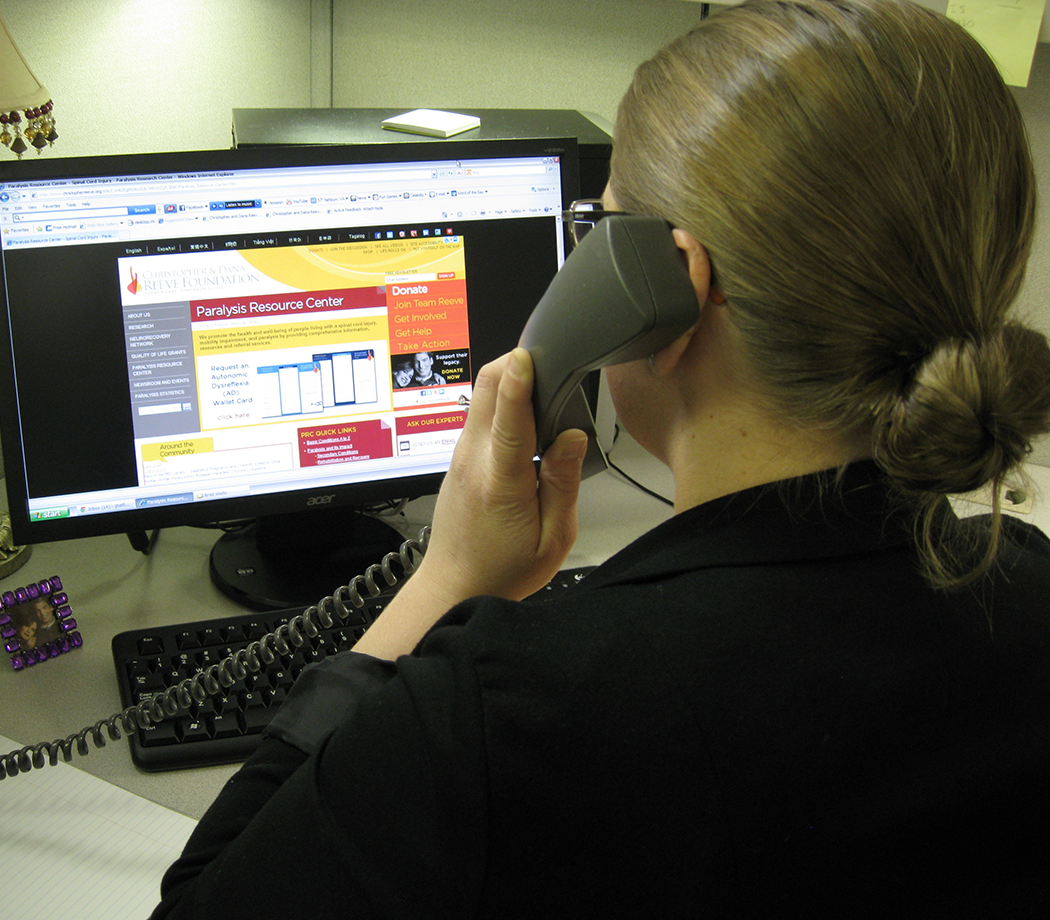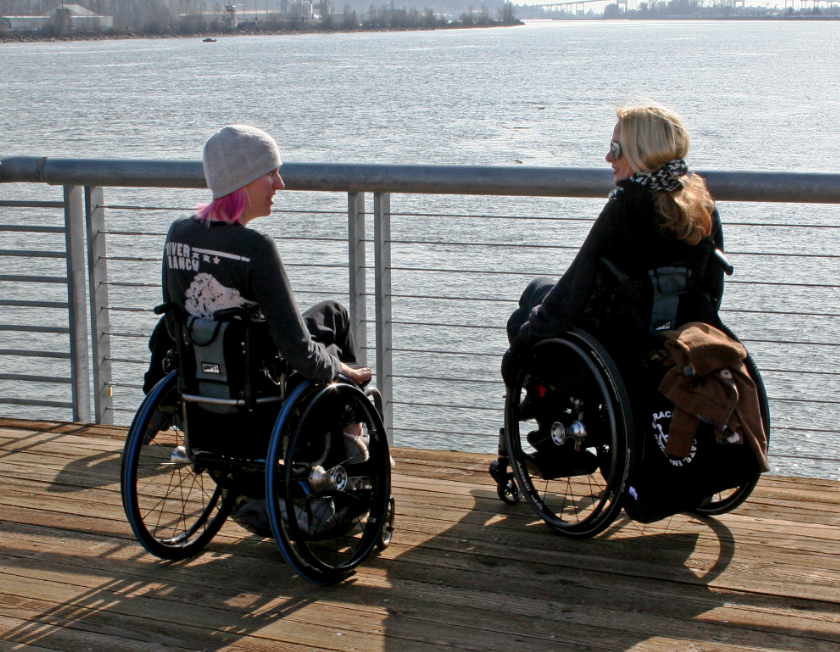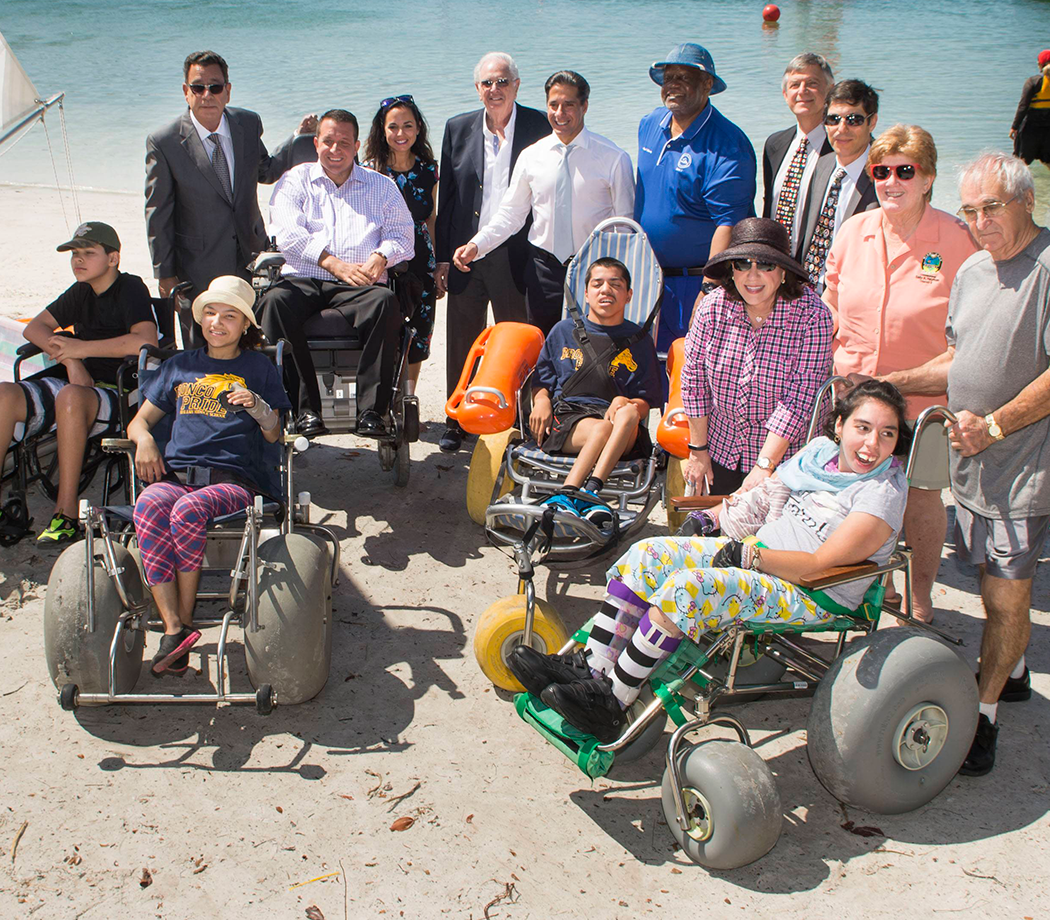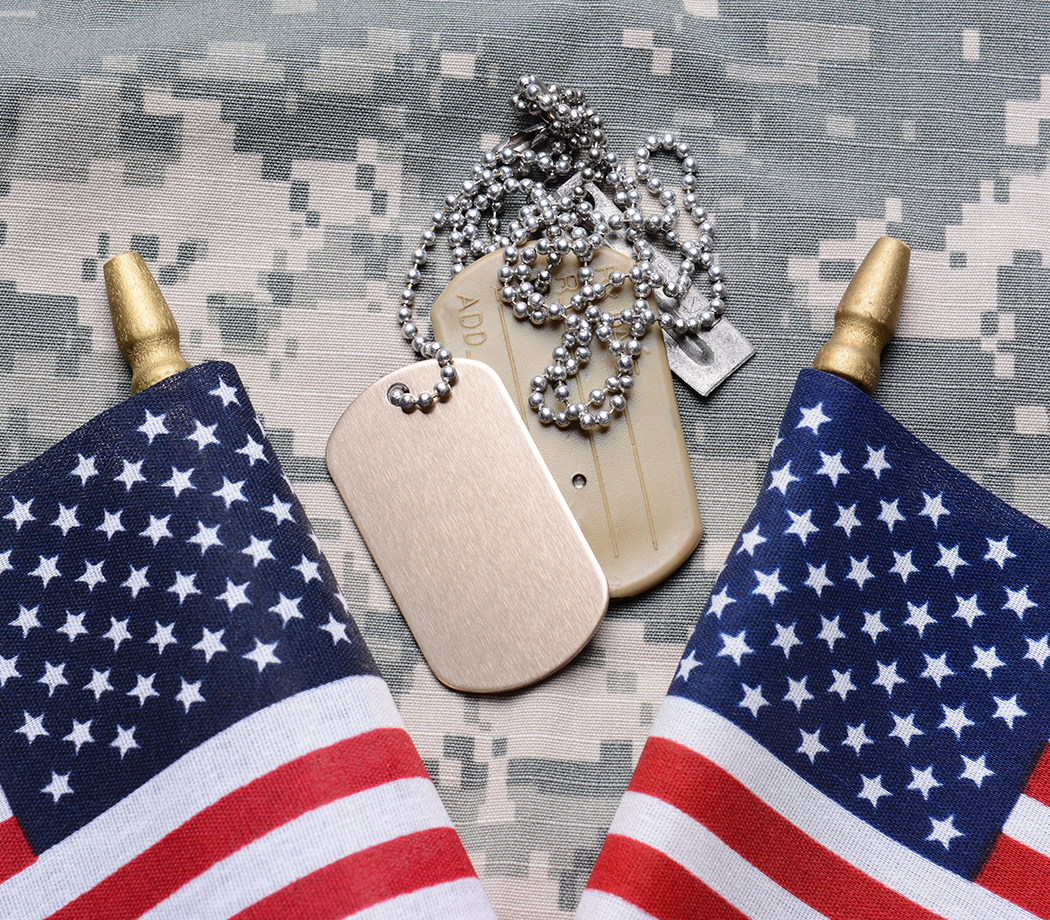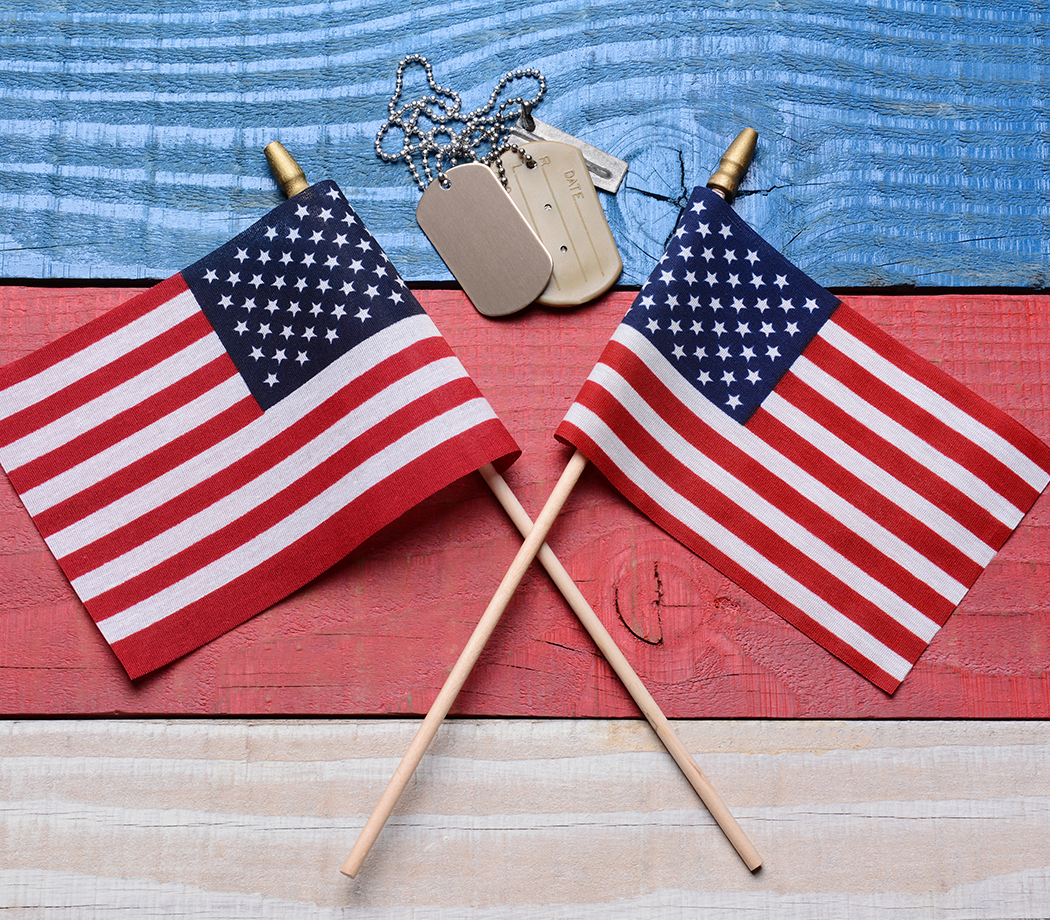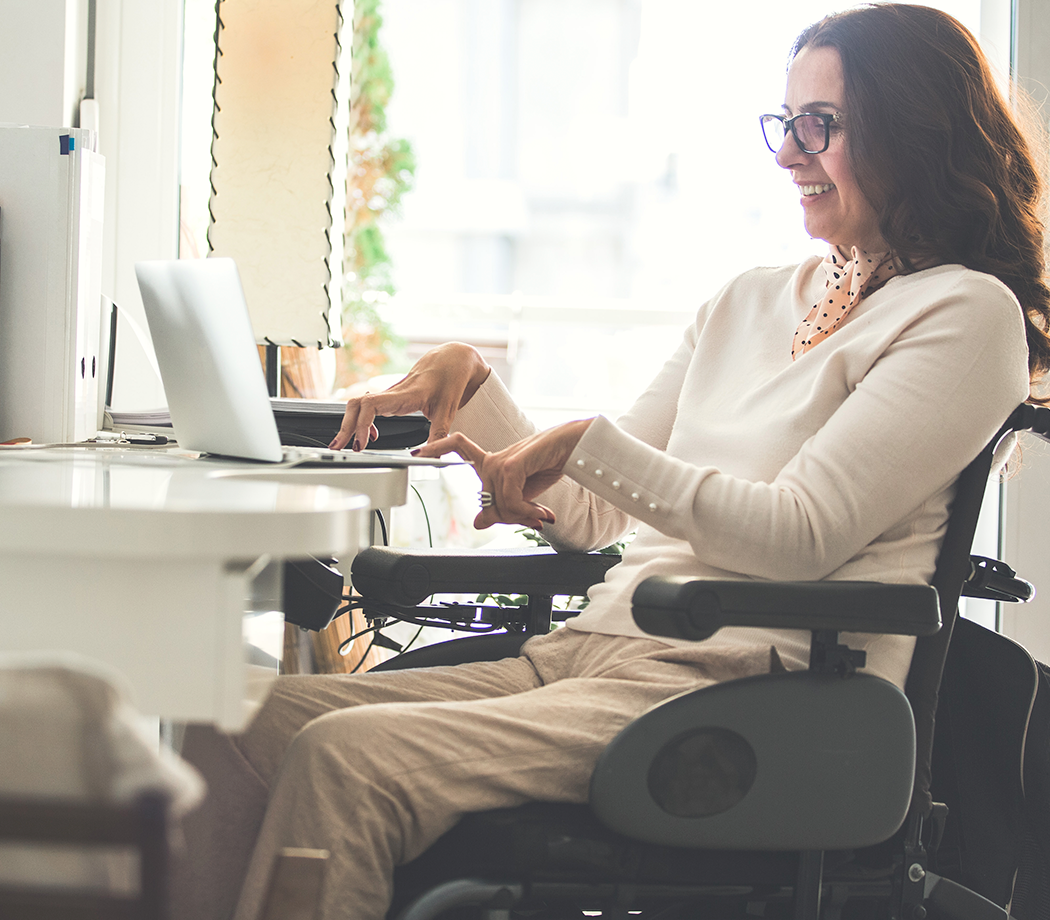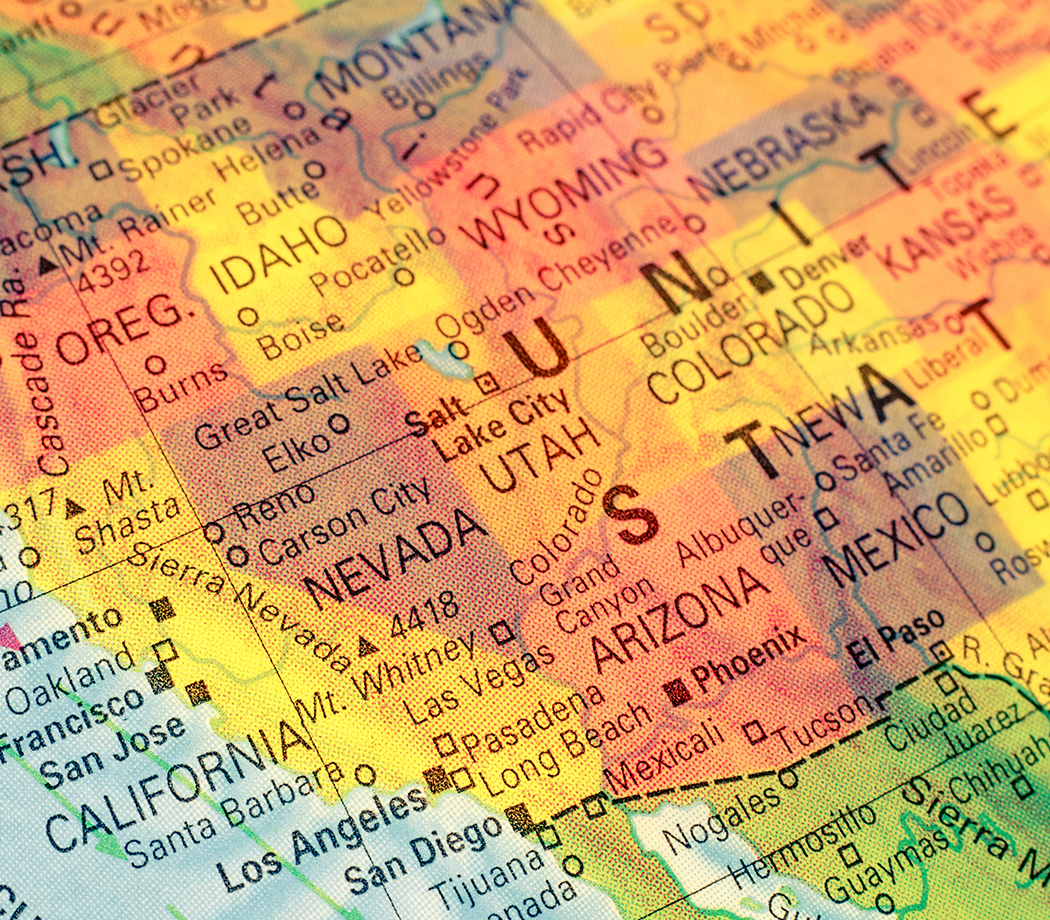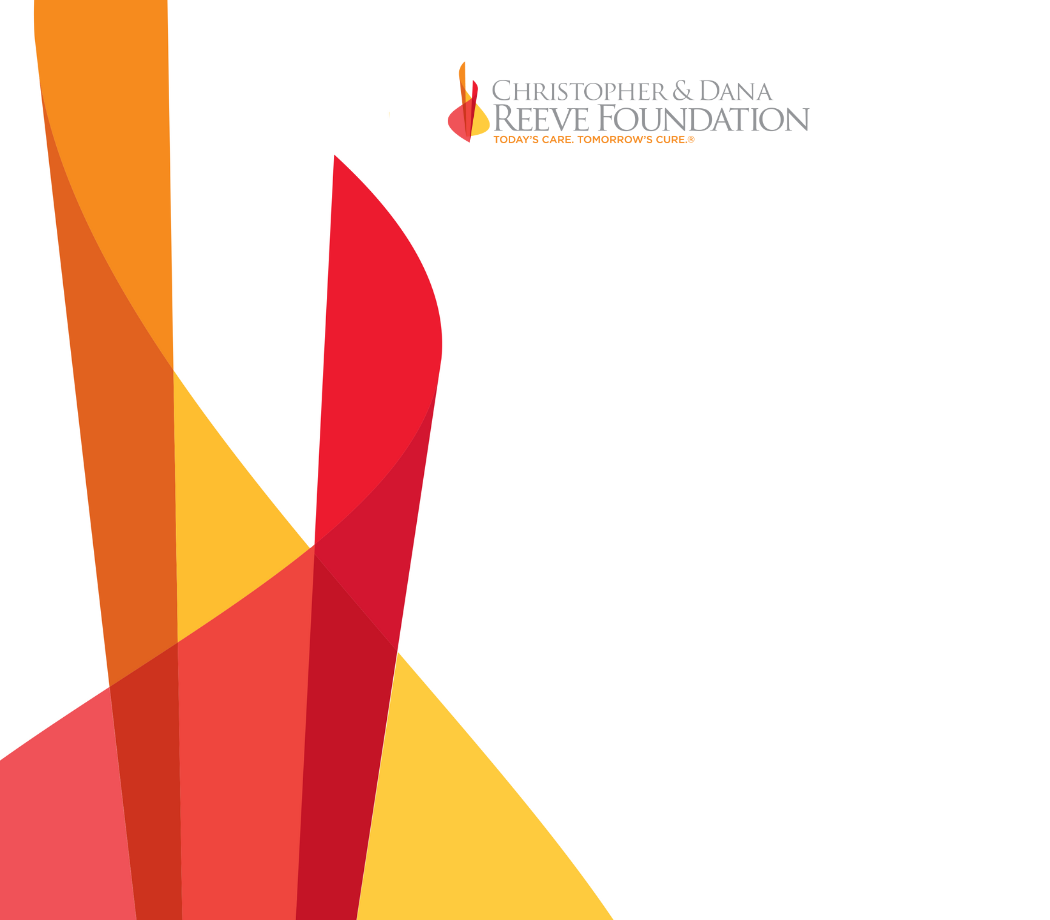Caregiving for veterans
Caring for a Wounded Warrior
Joseph and Eva Briseno devote their lives to their beloved son. They spend 24-hours, seven days each and every week to caring for Jay, who is living with severe quadriplegia and traumatic brain injury (TBI).
Jay breathes connected to a ventilator, and he eats, drinks, and takes his medication via a feeding tube in his stomach. Jay is blind. The family’s formal dining room is now his room, “a mini intensive care unit,” complete with a hospital bed and various machines to regulate his health.
Jay communicates with his family by grimacing or smiling, and is able to respond to yes and no questions.
Every two hours, either Joseph or Eva will turn him so that he doesn’t get bedsores. They help him go to the bathroom, and pat his chest and back to loosen phlegm so that he doesn’t get pneumonia. They brush his teeth, wash his face, massage his arms and legs, and help him to sit up so that he can watch television.
Sometimes, Jay experiences seizures. When this happens, the Brisenos know that it’s time to call 9-1-1.
“We choose to provide all of the care for our son,” says Joseph. “I know I have some choice. But I love my family, so this is the only decision I know how to make.”
Jay’s Story
Jay Briseno comes from a family of men and women who have pledged to protect their country. His great-grandfather, aunts and uncles, a cousin, and his father Joseph all served in some branch of the U.S. military.
When Jay left home for school, he decided to sign up for the U.S. Army Reserves to help pay for college, and because it was in his family’s blood. He was a civil affairs specialist who served in Iraq whose job was to deliver goods to the Iraqi people following the U.S. mission in Baghdad.
In June of 2003, when he was just twenty years old, Jay was shot in the back of the neck by an Iraqi bystander. The bullet entered his neck and exited through his cheekbone, shattering his C3 vertebra.
He was quickly transported to a hospital in Germany, but suffered two cardiac events before he was stabilized. The C3 injury left him paralyzed, the cardiac arrest left him with TBI.
Some have called Jay “the most severely wounded American soldier” to survive. But more than anything, Jay is an American hero.
Devoting a Life to a Son
When Jay returned home to Manassas, Virginia, it became clear that he would require around the clock care. Joseph and Eva decided that they would be there for Jay, at all times. Both quit good jobs. They risked their own personal futures, even agreed that they might never take a vacation again.
They emptied out their savings and 401ks to pay the bills. Joseph is retired military, so his health insurance covers many of Jay’s costs. He also gets a little pension. But at the beginning, it was very difficult to make ends meet.
The Brisenos made other sacrifices too. “We are no longer husband and wife,” says Joseph. “We don’t sleep together, because one of us must always be with our son at all times.”
Back in 2003, there were few resources for parents of newly injured veterans, says Joseph. So they had to learn a lot on their own about Jay’s care, healthcare professionals near them, and how to pay for various therapies.
They had no one with similar experiences to talk to, and they deeply wore themselves out. They forgot to rest, to eat right, to exercise. In short, they forgot to take care of themselves, and their own health suffered.
Finding Resources for Caregivers
Today, there is good news for caregivers of veterans, says Joseph: there are many more great resources than ever before. Joseph is a fellow with the Elizabeth Dole Foundation, which is devoted to uplifting “American military caregivers by strengthening the services afforded to them through innovation, evidence-based research, and collaboration.”
“We are building awareness, and advocating with the government to build new programs to help caregivers of veterans,” says Joseph. “But there is still much work to do.”
Over the past few years, the U.S. Department of Veterans Affairs (VA) has grown its programs to provide more support to caregivers. The Caregiver Support Program, for example, signed into law in 2010 by President Obama, provides stipend payments to family caregivers of post 9/11 veterans.
According to the VA, more than 14,000 family caregivers around the country participate in this program, with monthly average stipends ranging from $620 to $2,340 per month. The VA also provides coursework supporting the needs of caregivers, support coordinators, and a peer mentoring program similar to the one provided by the Reeve Foundation.
An important note about VA provided care: Active duty military and retired military may have different programs. It’s worth checking in to see what your family is entitled to.
Our Military & Veterans Program (MVP) is a great place to start to learn more about critical resources available to veterans and their families.
The Veteran’s Perspective
James Howard is the Reeve Foundation’s Military and Veterans Program Coordinator. James is a quadriplegic from a service-connected accident he experienced prior to completing a Special Forces course.
He says that in many ways, his generation of post 9/11 veterans are very fortunate: Their care is, for the most part, taken care of.
“Ultimately, the VA system is what you make of it,” he says. “The process can be a headache, but often the resources are there if you’re willing to fight for them.”
Still, veterans may have questions regarding their care, and they may not always be aware of their options. For example, the VA provides a home help aid through an agency, but this doesn’t mean that you’ll automatically get a quality caregiver.
“I had one caregiver who stole money from me, but then the next one was incredible, and both of these extremes were provided through an agency,” he says. “I recommend finding an agency that takes a personal interest in you, so that you know you can depend on them for your care.”
In addition, it’s a good idea to build a network of potential back-ups in case of emergency, or in case a caregiving relationship doesn’t work out, which may include family members and friends that you can count on.
For those willing and able to pay out of pocket, care.com and sittercity.com are good online resources. But as with finding any caregiver you don’t know well personally, do your research. Gather as much information about their background as you can before interviewing them, so that you can ask the right questions to determine if the individual is a good fit for you.
In the end, it’s all about finding someone you trust.
Caring for the Caregiver
James says that he tries to do as much as he can on his own to help alleviate the stresses of his caregivers, especially during those times when friends and family are providing his care. “Do what you can to ease some of their burden, which is real,” he suggests.
Of course, for some families, such as the Brisenos, lessening the burden isn’t an option.
“We didn’t pay attention to our own health at the beginning,” says Joseph, “and we paid the price. I now know from experience caregivers need to rest, we need to eat right, we need to take some time away from the loved ones we care for and realize that they will be okay without us for a period of time. Honestly, I can’t believe I’m saying this now, but it’s true.”
In all caregiving relationships, the caregiver needs to remember that their health is important too.
Joseph resumed running after years of neglecting himself. He and his wife will also occasionally find time for a movie, or to go to church.
The focus on the self has paid off: Joseph lost 40 pounds last year, and tackled the Marine Corps Marathon. He feels healthier, and now enjoys spending active time with his children and grandchildren. The Brisenos have also found a network of other caregivers to talk to.
“It’s a big help to know that you’re not alone,” says Joseph.

